8 /10 1 Votes
7.9/10 TV Narrated by Jana Sheldon Country of origin United States No. of series 4 Final episode date 22 February 2013 Language English | 8/10 IMDb Created by Joe EvansNigel Levy Theme music composer Birger Clausen Original language(s) English First episode date 14 March 2010 Genre Documentary film | |||||||||||||||||||||||||||||||||
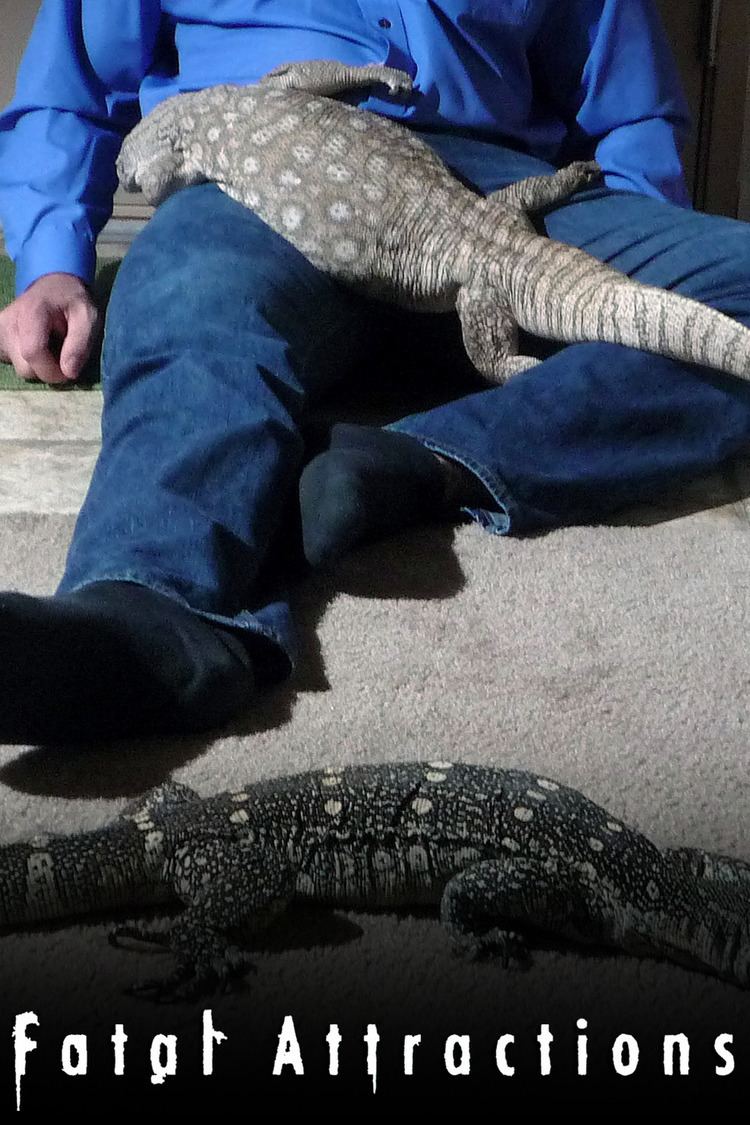 | ||||||||||||||||||||||||||||||||||
Similar After the Attack, Untamed & Uncut, Corwin's Quest, Lost Tapes, Weird - True & Freaky | ||||||||||||||||||||||||||||||||||
Fatal Attractions is a recurring documentary series on Animal Planet. First aired in 2010, the show focuses on human obsessions with wild animals that can become dangerous and sometimes fatal. This program holds a TV-14 rating due to the disturbing content in each episode.
Contents
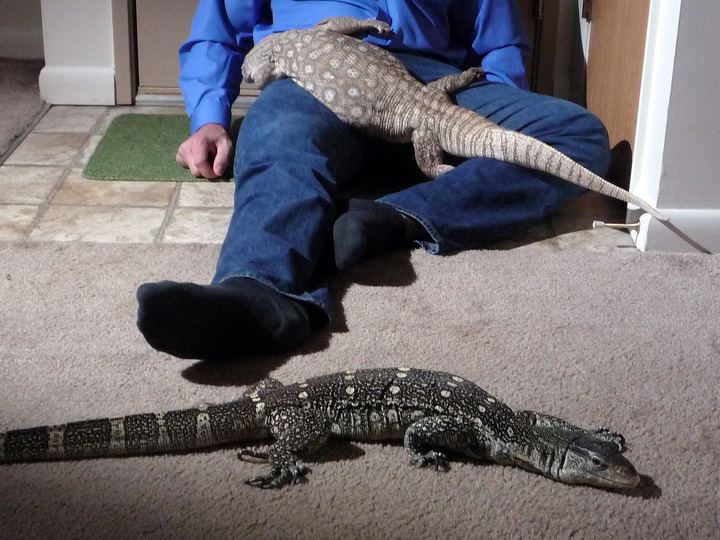
Premise
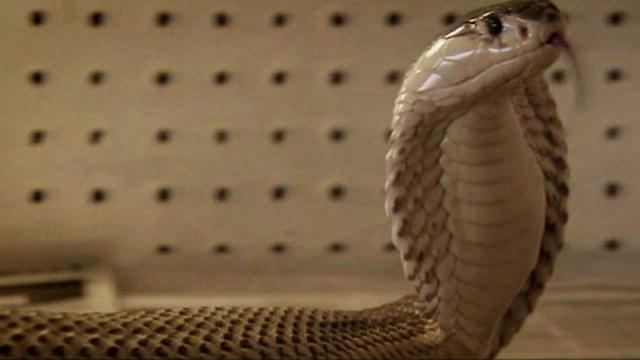
Each episode deals with either a species (chimpanzee, tiger) or a class (reptiles, big cats) of animals—referred to in the show as "exotic"—not normally regarded as domesticated pets. Generally, two or three stories about a person whose relationships with these animals turned tragic are intertwined.
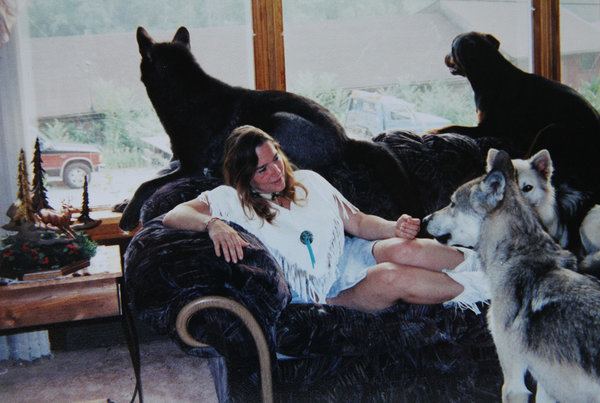
Each story within an episode is told through flashbacks and re-enactments, narrated by actress Jana Sheldon. Subject-matter experts (SMEs), along with family members and surviving attack victims, are interviewed as part of the narrative.
Episodes
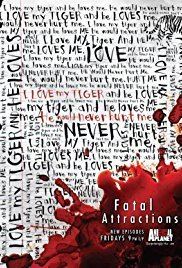
A three-episode miniseries premiering in March 2010 served as the pilot for the series. Animal Planet ordered an additional four episodes, which began airing in October 2010. Another order was placed for four more episodes, which began airing in February 2011.

Each episode deals with two or three stories of people who keep animals as pets that are generally not meant to live in domestic environments and often are hostile to mankind in general. Episodes explore how these owners come to develop a psychological dependence on these animals, to the point of allowing themselves to get so close to these animals that the line between predator and prey becomes blurred or even non-existent. Episodes usually depict someone getting hurt or killed as a result of keeping exotic species as household pets. Each story is tied together at the end, as part of the overall theme of why wild animals should remain in the wild and not in backyards.
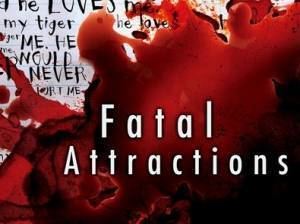
Many episodes deal with high-profile animal attack cases, such as the February 2009 mauling of Charla Nash by Travis, a 14-year-old chimpanzee who had lived as a pet for his entire life with Connecticut businesswoman Sandra Herold. Others deal with high-profile animal seizures, such as the finding of Ming, a Bengal tiger living in a Harlem apartment.
Occasionally, the subject-matter experts (SME for short) being interviewed for an episode relate first-hand stories of animal attraction nearly turning fatal for themselves or someone close to them.
A recurring theme throughout the series is the notion that when an exotic animal attack on a human results in a fatality to the human, it almost always results in an additional fatality. The animal involved in the attack, often simply exhibiting its hard-wired instincts or prey drive, usually has to be put down as well. Experts interviewed for the show explain that sometimes the killing of the animal is to prevent it from further attacks on humans; other times, the animal is euthanized in order to retrieve the body of the victim; still others are killed as routine legal procedure, applied to any animal that injures or kills a human, in order to perform a necropsy and test for diseases such as rabies. Thus, the human's attraction is just as likely, if not more so, to be fatal to the animal as well.
Criticism
Many pro-exotic animal ownership groups, such as Responsible Exotic Animal Ownership (REXANO), view Fatal Attractions as "propaganda-ridden" and "unbalanced". Herpetologist Dean Ripa was featured as a subject on the 16th episode, "Seven Deadly Bites". He would go on to criticise the filmmakers for mischaracterizing him, quoting him out of context, perpetuating factual errors regarding the proper use of antivenom, and ignoring his suggestions to improve the program's scientific accuracy for the sake of "artistic license".
